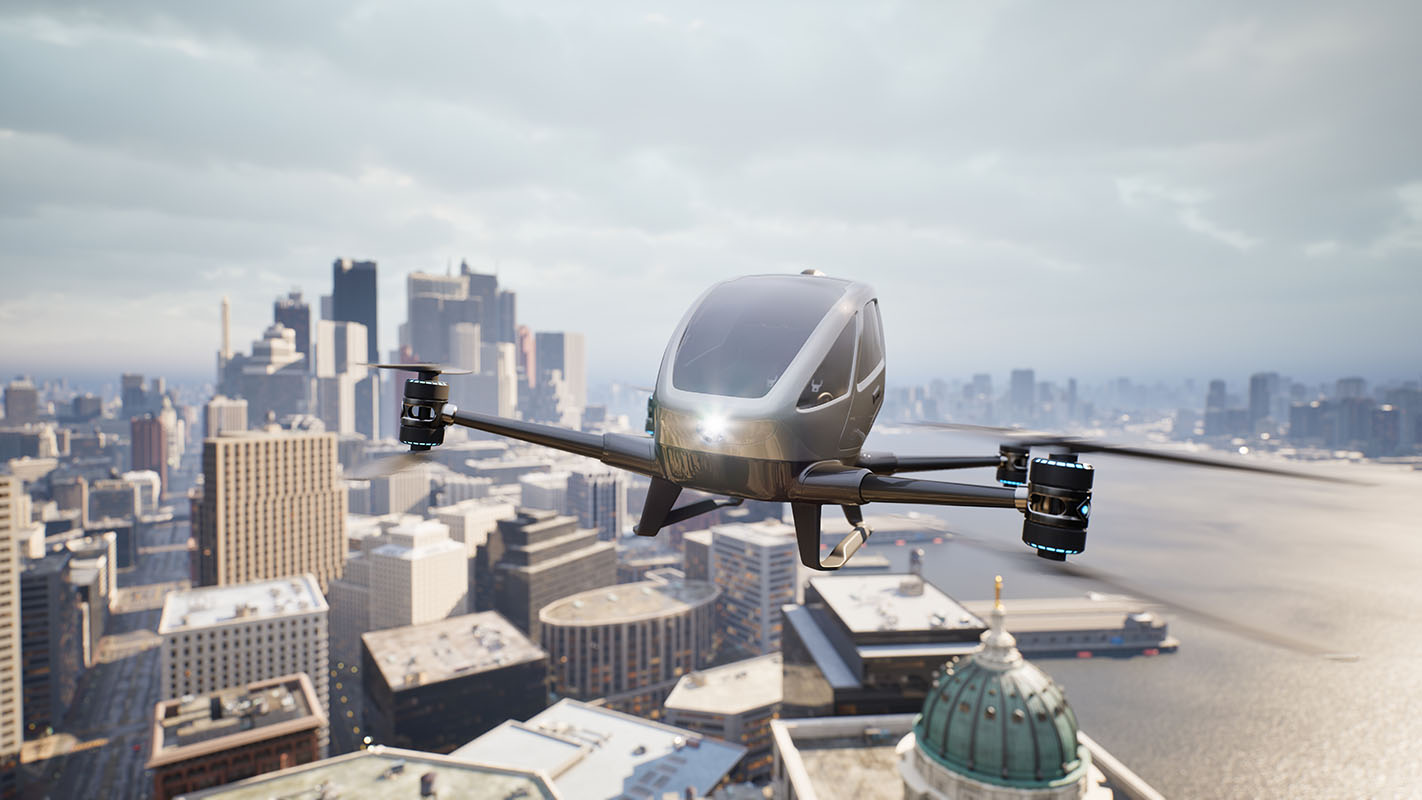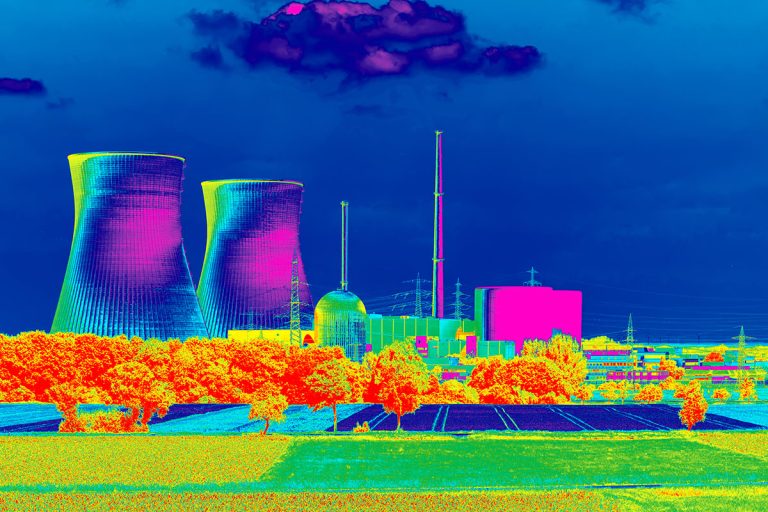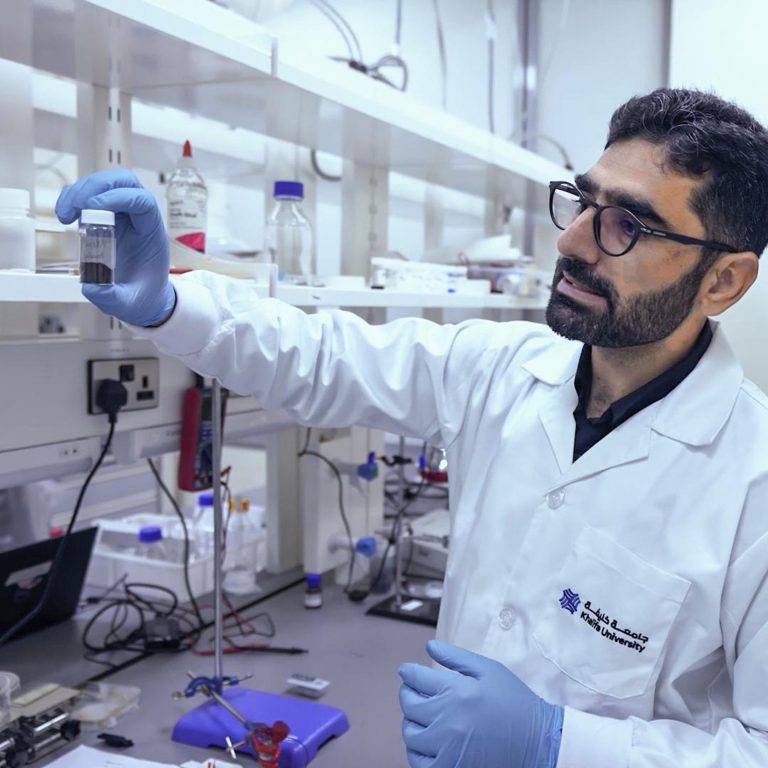Cleared for takeoff: The algorithm behind safer air traffic
An algorithm that predicts trajectories of air taxis and other small aircraft could help avoid collisions and get air travel off the ground.
Flying cars have captured the public imagination since the 1960s, when the American TV show The Jetsons followed the adventures of the futuristic—and often airborne—Jetson family. Now, that sci-fi vision is starting to come true: air taxis, cargo drones and other aero-cars are poised to begin crisscrossing city skies within the next few years.
But with a swarm of small vehicles sharing the same airspace, managing air traffic becomes a critical challenge to prevent collisions and ensure an orderly flow of traffic. At Khalifa University aerospace engineers, Roberto Sabatini, and Alessandro Gardi, are devising new ways to accurately predict the trajectories of these aircraft of the future—a key step toward safe and scalable air travel.
“It’s quite dynamic in nature compared to anything that has been proposed so far.”
Roberto Sabatini
Conventional air traffic management algorithms lack the accuracy and precision needed to handle so many small aircraft flying at low altitudes over a city. To address this, the team, which also includes researchers from universities in Australia and France, developed a more effective algorithm tailored to future air travel. The KU authors lead the Falcon program, a pioneering initiative bringing together researchers, educators, and industry leaders to tackle critical challenges in sustainable aviation, advanced air mobility, and commercial spaceflight.
Rather than replacing human controllers and pilots, the algorithm is designed to support them, by predicting aircraft trajectories and using that information to balance capacity and demand, Sabatini explains.
“We need advanced AI algorithms that continuously observe the environment and make an online situation assessment; and then modulate the level of automation in such a way that we meet safety requirements while maximizing efficiency and sustainability,” the researcher says. Efficient management is key to reducing greenhouse gas emissions, he adds.
The team found that the algorithm improved accuracy by 50% compared to using raw data alone. It also reduced computation time by half compared to conventional methods. “It’s quite dynamic in nature compared to anything that has been invented yet,” Sabatini says.
The next step is to test the technology in a real-world setting. Working with industry partners such as Manta Aircraft and UASystems, which aim to bring air taxis to the Emirates’ skies in the next few years, the team will soon trial the prediction algorithm using real transport aircraft in a designated flight area.
For urban air transport to become a reality, the entire industry needs to innovate together, says Sabatini, who adds that new government regulations will also need to be developed as well.
“We’re transforming the airspace so that it can be safely managed,” he says. “And in parallel, we are redesigning flight vehicles and trajectories.”
Reference
Xi, Y.; Liang, M.; Gardi, A.; Sabatini, R.; Delahaye, D, Accurate and fast-converging trajectory prediction based on Long Short-Term Memory neural networks. Journal of Air Transport Management, 125, 2025. | Article




